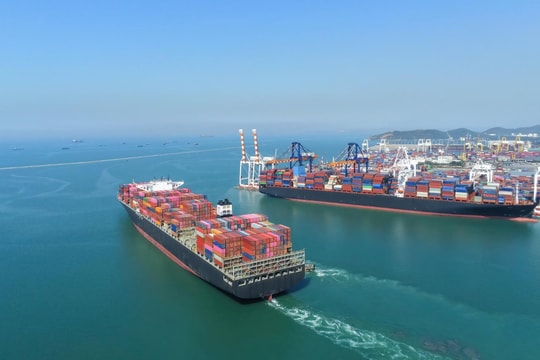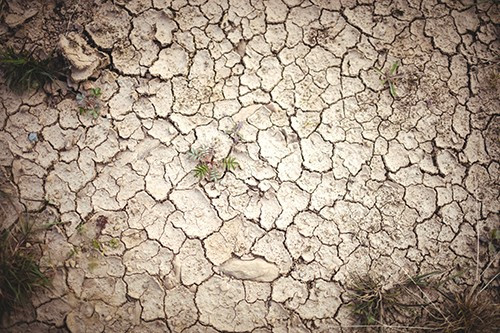
A dismal painting of drought and saline intrusion
The Ministry of Agriculture and Rural Development said drought and saline intrusion in the Mekong Delta became more serious. From March 7th- March 15th, it comes to its ‘peak’.
Particularly, according to the Ministry, from the beginning of the dry season of 2019-2020, the period of severe saline intrusion was from February 8th to February 14th (with is peak on February 12th) with salinity depth of 4g/l at 55km-74km from estuaries of Mekong River.
From March 7th- March 15th, saline intrusion will continue to increase with high tide. It is possible in the beginning of the dry season, the salinity depth of 4g/l comes inward around 100km110km in the area of Vam Co River (Vam Co Dong, Vam Co Tay); around 70km in the area of the rivers of Co Chien, Hau (Estuaries of Dinh An and Tran De); 662km - 65km at the area of Cai Lon river…
As forecasted, in the coming time of the dry season, saline intrusion will be more severe following high tides due to the fact that water reservoirs upstream have not increased the water discharged. Saline intrusion will be maintained at high level until April of 2020.
Tra Huynh, living in Tran De district, Soc Trang province said:”My family has nearly 2ha of rice paddies. We tried to pump water into the paddies but the water was not enough. When it had been harvested, merchants was unable to come to buy due to water channel drained, the price went down. We had to hire carts to bring rice to the national road and uploaded them on trucks. It took more time and money”.
There have been 95,000 families facing difficulties in the time of saline intrusion. Soc Trang is suffering the most. Besides 26,000 families in the province have been in shortage of fresh water for daily life.
Causes of increasing saline intrusion
Mekong River rises from Qinghai Province, China, running through Tibet and Yunnan before running down to Myanmar, Thailand, Laos, Cambodia and coming into the sea at Vietnam. As calculated, the amount of water from the river and streams in Vietnam territory accounts for 53% - 57% of the total.
According to monitored data, rain amount on areas belonging to the basin of the Mekong River, including that belong to China, is less than the average amount of previous years, especially, in the downstream including in Vietnam’s Mekong Delta.
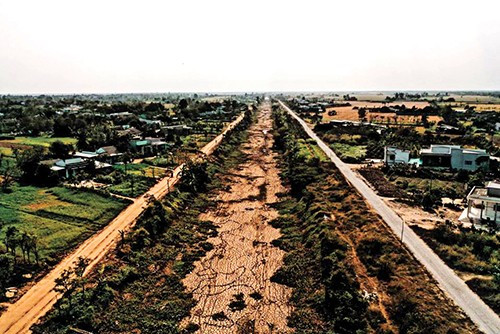
The exploitation of water resource in the upstream, especially the building of hydro-power projects changed the flow, reduced the amount of silt and amount of aqua products, causing salt water intrusion. It is estimated that till 2030, the downstream of the Mekong River will be covered by 470 hydro-power plants of all sizes.
The water volume in Tonlé Sap, Cambodia has reduced 33 billion m3 compared to that of the beginning of October 2019. The fact that the water does not come down stream means the water pressure at the estuaries reduced, causing saline intrusion. High tide from climate change cycle lets sea water go further to the land.
Solutions
On the afternoon of March 3rd, in the working session with 5 provinces of the Mekong Delta on draught and salt water intrusion in Ben Tre, the Prime Minister Nguyen Xuan Phuc agreed to give VND 350bn to provinces of Long An, Tien Giang, Ben Tre, Kien Giang and Ca Mau (VND 70bn for a province) to deal with drought and saline intrusion. The money will be used for water pumping, dredging works, building temporary dams, building ponds, building water pipes, water transfer and assisting people.
For having solutions to deal with the saline intrusion and drought, people in the Mekong Delta had grown the winter- spring crops of 2019 - 2020 on 1.54m ha and had harvested around 1m ha (70%). The total damage of the seasonal crop of 2019 and the winter- spring crop of 2019 - 2020 will around 30%, equally to 39,000 ha.
The Ministry of Agriculture and Rural Development recommended provinces in the Mekong Delta should have strict supervision at salinity level; close irrigation works when the salinity level surpasses the allowed level, boost up propaganda works and allocates remaining fresh water to save rice and other crops in their growing progress.
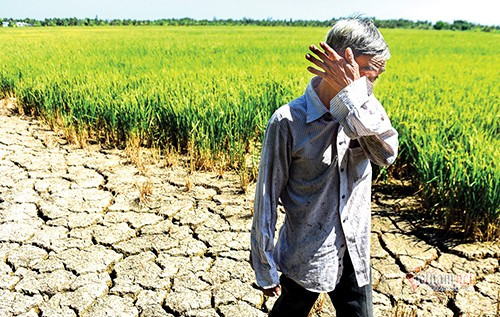
The Ministry of the Agriculture and Rural Development suggested local authorities should catch the situation and give guidance to people to store freshwater for agricultural production and daily life in the time saline intrusion is not very severe, to postpone growing their crops of summer-autumn harvest and to prevent diseases on domestics animals and people in the dry season with the shortage of freshwater in daily life.
It is predicted saline intrusion will affect 10/13 province with 74/137 administration units of district level in the Mekong Delta.
At the end of April and the beginning of May, the rain season probably comes in the South so that the saline intrusion in the Mekong Delta will be probably better off. However, precautions should be taken in case the rain season comes late, the flow from upstream to the low delta affect people’s daily life.






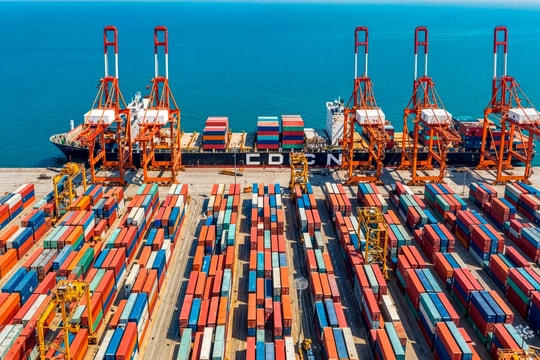
.png)
.png)






